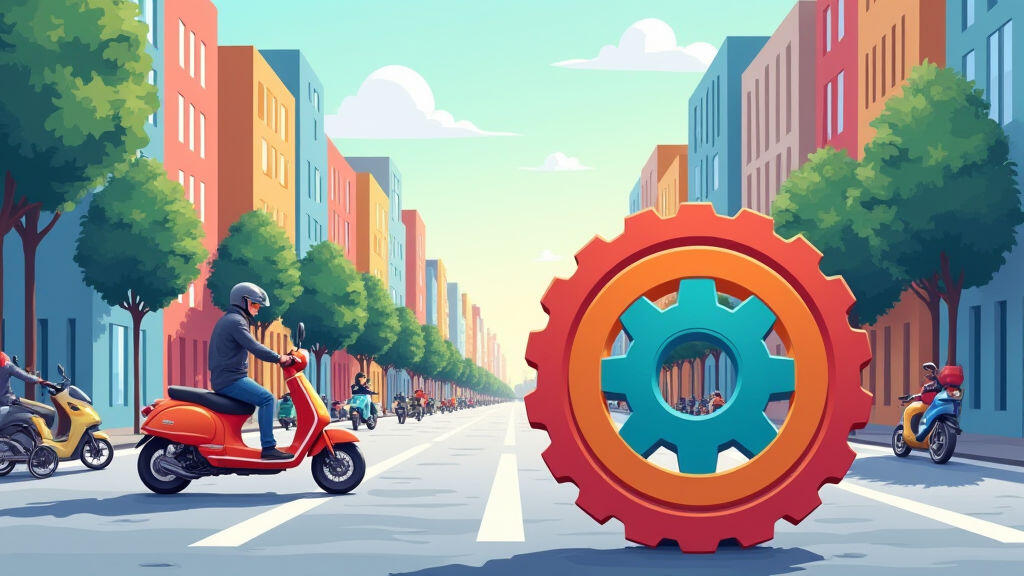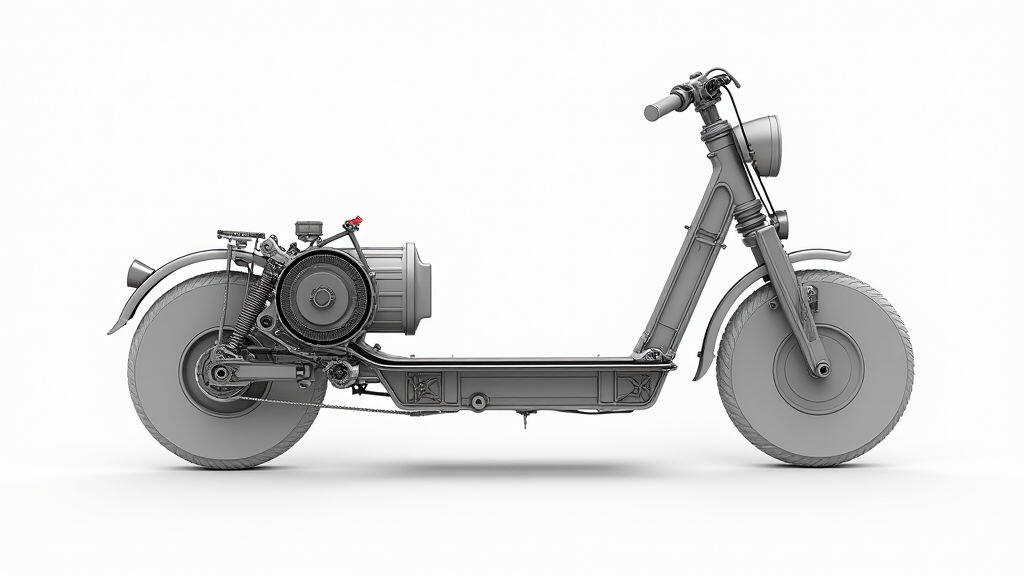Anjing Road, Xiaolan, Zhongshan, Guangdong, China
info@mes-drive.com
08.00 AM-09.00 PM

In the last few months, headlines across Europe have repeatedly spotlighted the EU’s ambitious “Fit for 55” plan, which aims to cut greenhouse‑gas emissions by 55 % by 2030. A key part of this strategy is the rapid expansion of electric and battery‑powered public transport, especially micromobility solutions such as e‑bikes, e‑scooters, and cargo bikes. As cities scramble to meet new accessibility and sustainability targets, one unsung hero is quietly driving this transition: the humble gear (reducer) motor.

Why have gear motors become so pivotal? The answer lies in their ability to deliver precise torque control, high efficiency, and compact size—all crucial attributes for the next generation of urban transport.
Last year, EU statistical offices reported a 38 % surge in electric scooter rentals and a 25 % rise in motorised cargo bikes. Utilities and municipal councils now allocate finer budgets to support fleets with reliable, low‑maintenance power sources. In this environment, companies that embed robust gear motors gain a competitive edge. These motors provide:
Manufacturers such as Bosch, Yamaha, and ENMA‑KINEMA have already begun scaling up production to supply the surging demand. Projections from the International Energy Agency suggest that by 2030, the micromobility sector will generate €30 billion in revenues, majority of which will rely on low‑impedance, high‑torque gear motors.
Beyond raw performance, gear motors are thriving thanks to integration with smart infrastructure. In one pilot in Amsterdam, a Wi‑Fi‑enabled e‑scooter fleet now reports real‑time motor diagnostics to a central fleet‑management system. Using machine‑learning algorithms, the system predicts when maintenance will be required—shifting the paradigm from reactive to proactive management. Gear motors’ high reliability makes this predictive approach especially attractive.
On the battery side, governments are incentivizing the deployment of ultra‑fast chargers. Gear motors, when paired with advanced motor controllers, can absorb braking energy and feed it back to the grid or the vehicle’s battery—a regenerative braking feature that drastically reduces energy consumption and capitalises on synergies between motor and charger technologies.
The EU’s new regulatory framework now mandates that all new electric bicycles sold in the EU must give proof of a certain “drivetrain efficiency” level. Gear motors, because of their inherent efficiency and low slip losses, help manufacturers meet or exceed these new standards, opening the door to greater market share in “Middle‑Class” bicycle segments that previously lagged in Pedelec adoption.
Furthermore, the European Commission’s “Industrial Acceleration” program supports the modernization of SME research labs working on next‑generation gear materials—such as high‑temperature polymers and lightweight alloys—to further reduce weight and increase durability. These R&D investments are a direct response to the rising adoption of micromobility and the market’s attention on sustainability and cost.
Take “SpinCycle”, a popular e‑scooter brand that began with a classic brushed motor. In late 2024, the company switched to a gear‑motor configuration developed by ENMA‑KINEMA.  The result? A 15 % increase in average range and a 22 % reduction in service calls related to motor failures. Customers report smoother acceleration and less vibration—key features for safety on busy city roads.
The result? A 15 % increase in average range and a 22 % reduction in service calls related to motor failures. Customers report smoother acceleration and less vibration—key features for safety on busy city roads.
Speed and safety are the twin pillars of the urban mobility revolution. Gear motors help balance both: they deliver the necessary torque and speed, while keeping the mechanical strain on components manageable. This reduces ongoing maintenance costs and improves overall user experience.
Upcoming developments promise even greater integration. Researchers are exploring tangential sphere motors, which combine gear reduction within the stator rotor assembly to further bring down size without compromising torque. Coupled with solid‑state batteries, these motors may run on renewable energy harvested from solar or wind power integrated right on skyscraper rooftops. The synergy between renewable energy, energy storage, and efficient gear motors could eventually eliminate the need for intermediate charging stations, pushing the boundaries of urban transport.
Finally, the intersection of autonomous transport and gear motors cannot be ignored. Self‑driving cargo bikes already rely on micro‑controllers that require deterministic motor behaviour. Gear motors provide the required low‑latency, high‑precision torque to facilitate advanced path‑planning and obstacle‑avoidance algorithms—critical for safe, autonomous micromobility solutions that will populate European city floors by 2035.
The EU’s green‑transport agenda has galvanized a flurry of new innovations and market movements, with electric scooters, bikes, and cargo vehicles at the forefront. At the heart of these machines is the gear (reducer) motor—a compact, efficient, and versatile component that not only enhances performance but also dovetails with industry regulation, smart‑infrastructure integration, and sustainability imperatives. As demand continues its upward trend, gear motors will remain indispensable, powering the shift to greener, smarter, and more connected cities across Europe and beyond.
Leave A Reply
Your email address will not be published. Required fiels are marked